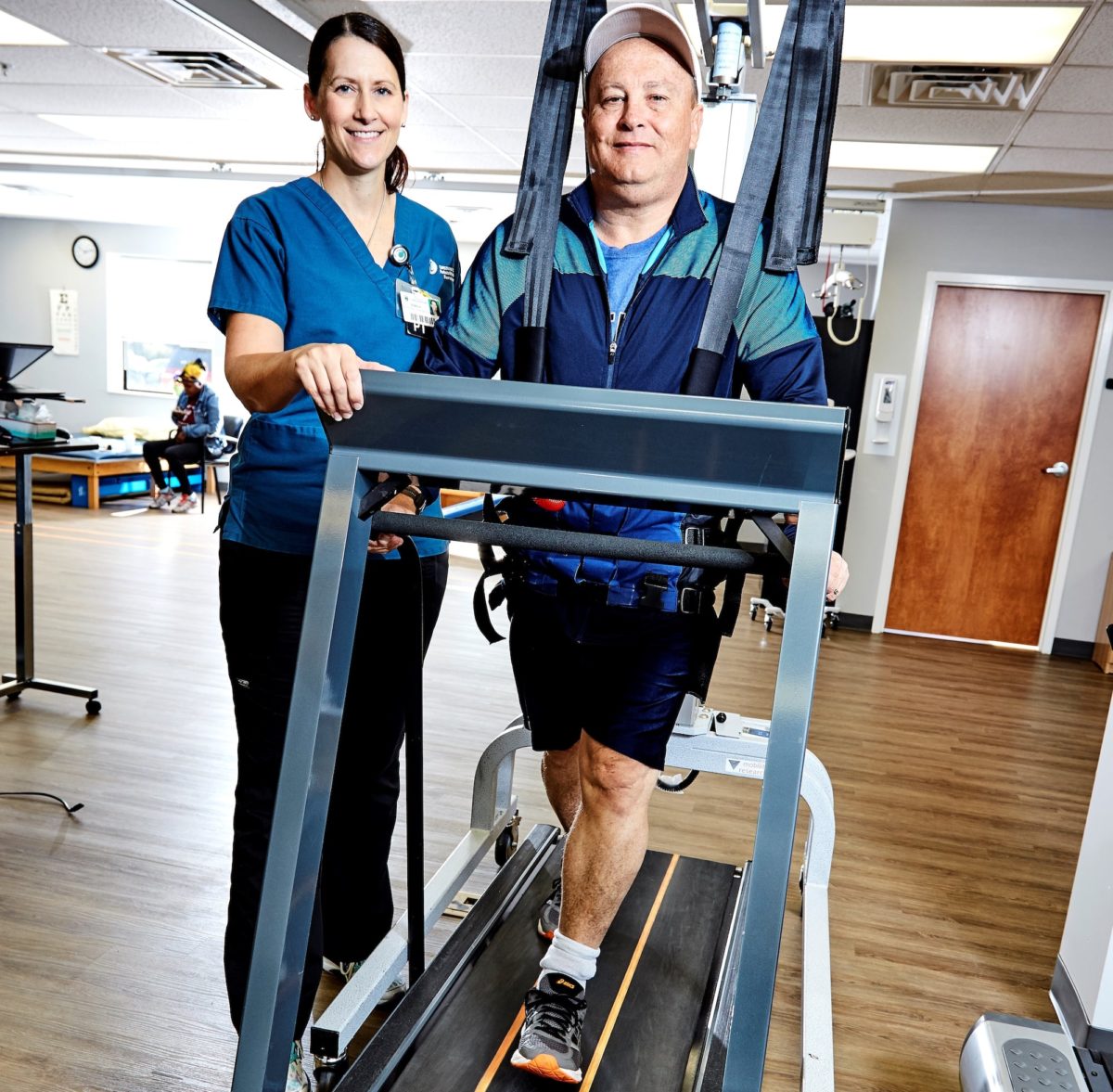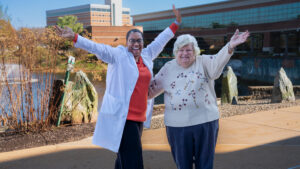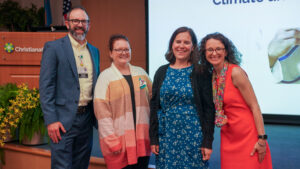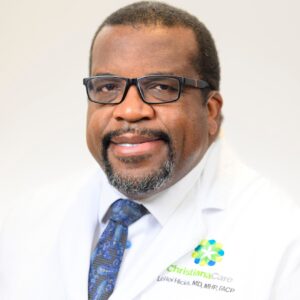In August 2013, a weakened blood vessel in Laurie Diskau’s brain ruptured and began bleeding into the surrounding tissue. With every second that passed, she risked losing the brain functions that influence the ability to think, walk and talk.
Diskau, then 54, underwent emergency surgery at Christiana Hospital to relieve the pressure from the bleeding. The procedure saved her life, but the Newark, Delaware, resident was left with one side of her body weaker than the other, a condition called hemiparesis.
Five years later, Diskau, is improving. She credits her participation in the study PROWALKS (Promoting Recover Optimization with Walking Exercise After Stroke). Funded by a $4.5 million National Institutes of Health RO1 grant, PROWALKS is a collaboration between the University of Delaware, Christiana Care Health System and the University of Pennsylvania.
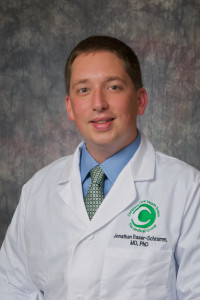
PROWALKS addresses an urgent need. On the whole, stroke survivors are more sedentary than most older adults even after undergoing rehabilitation, said Darcy Reisman, PT, Ph.D., who came up with the idea for the five-year study.
“After a stroke, survivors may have a physical impairment that limits their ability to move around,” explained Reisman, associate professor and associate chairperson of UD’s Department of Physical Therapy and the PROWALKS principal investigator. “They get into a vicious downward spiral. If they move less, their impairment can get worse.”
The lack of everyday activity outside of physical therapy can have serious consequences. “A sedentary lifestyle increases the long-term risk of stroke, heart disease and dementia,” said Jonathan M. Raser-Schramm, M.D., medical director of the Christiana Care Stroke Program and the Stroke Treatment and Recovery Unit (STAR).
A natural collaboration
PROWALKS represents the first NIH-funded clinical trial collaboration between Christiana Care’s Department of Emergency Medicine Research and the University of Delaware, said Amy Cherico, RN, BSN, CCRC, the research nurse coordinator in the department.
“Christiana Care serves many stroke patients, and the University of Delaware wants to do a lot of stroke research, so it’s a great idea for us to work together,” she said.
Christiana Hospital has been certified as a Comprehensive Stroke Center by the Joint Commission. “This designation confirms that we provide excellent care across the board for stroke patients,” Dr. Raser-Schramm said.
Participation in clinical research studies is one of many requirements for certification. “These trials offer patients access to novel treatments that we hope will result in better long-term outcomes after stroke,” he said.
Dr. Raser-Schramm is the PROWALKS site principal investigator for Christiana Care. Natalie Eleuterio Frentzel, PT, DPT, LSVT BIG Certified, and Stacy Gandia, MPT, LSVT BIG Certified, are the study’s research physical therapists at Christiana Care.
The site principal investigator at the University of Pennsylvania is Scott Kasner, M.D., director of Penn Medicine’s Comprehensive Stroke Center and professor of neurology.
To participate, stroke survivors must have experienced a stroke no less than six months from their application date. Research has found that the brain completes any natural healing in six months. But too often, health care providers tell stroke survivors that they won’t see improvement after that time. “This can be very discouraging,” Dr. Raser-Schramm said.
As a result, they might fall into a sedentary lifestyle. Rehabilitation and activity, however, can lead to improvements.
Three approaches to intervention
Before starting the training, the stroke survivors undergo testing. Those who are accepted are randomly divided into three groups.
One group undergoes fast-walk training or FAST for short. (Based on pre-testing, they walk fast enough to meet a target heart rate.) While on the treadmill, these participants wear a harness for support. They can in also receive support, if needed, while walking over the ground and engaging such everyday activities as walking with a laundry basket.
The second group wears a step-activity monitoring (SAM) device similar to a Fitbit or SmartWatch app. Wearers can monitor their progress and increase their steps to meet new goals. They do not receive on-site physical training.
The third group wears the device and engages in FAST training. Why both? A smaller study — the precursor to PROWALKS — found that many stroke survivors who’ve benefited from physical therapy won’t make behavioral lifestyle changes without the positive reinforcement that a SAM can provide, Reisman said.
However, certain stroke survivors may do well with just FAST or SAM, depending on how sedentary they were before their participation, she added.
A call for participants
Reisman and her team can’t make conclusions until the study’s end in 2021. But Diskau, who wore the SAM device and underwent FAST training, doesn’t hesitate to praise her involvement.
Diskau said her mobility increased up to 40 percent between the time she entered the randomized controlled trial on June 28, 2017, and completed it on Sept. 20 of that year. “The study was wonderful,” she said.
Dr. Raser-Schramm is encouraged. “I’m enthusiastic that we are offering patients hope for improving stroke survivors’ long-term functional status, as well as the possibility of directly impacting their health for the better,” he said.
All three locations are still recruiting. Participants receive $25 at specified milestones for a total of $100. To sign up or for more information, visit https://sites.udel.edu/pt/stroke-studies or call 302-831-4616.
